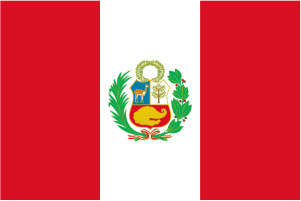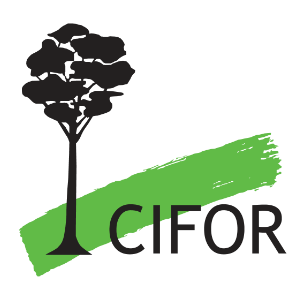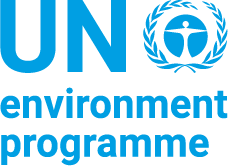
This paper aims are; a) to identify the peat classification based on peat depth and groundwater level; b) to identify CO2 content stored and CO2 emission of peat within the study area; c) to produce a hotspot hazard map using Analytical Hierarchy Process (AHP) and geospatial technologies. These are vital components in producing a holistic peat fire management approach. Based on the site works, the majority of the peat within the area is classified as Sapric (low fibre content) using the Von Post Classification System, with an average peat thickness of 0.65m at a maximum depth of 1.2m and average groundwater level of 0.67m. On the other hand, soil samples were collected on-site and tested, indicating an average organic and fibre contents of 45.24% and 37% respectively, with a bulk density of 1.03 Mg/m3. The average carbon content was 30.29 carbon tonne/hectare, hence having the potential to release 381,925.18 tonnes of CO2 annually (tCO2/year). Finally, potential peat fire susceptible areas were classified and visualized on a hotspot hazard map utilizing the data acquired. It can be concluded that continued development without considering appropriate mitigation measures will potentially increase the feasibility of peat ignition, thus, increasing overall carbon emission significantly.
Download:
 file
file

- Authors: Ahmad Nizam, M.A.H., Mat Taib, S., Mohd Yunus, N.Z., Saman, N.
- Subjects: peat, soil depth, groundwater level, peat soils, carbon, emissions, fire management
- Publication type: Journal Article
- Source: IOP Conference Series: Earth and Environmental Science 1144(1): 12014
- Year: 2023
- DOI: https://doi.org/10.1088/1755-1315/1144/1/012014


















